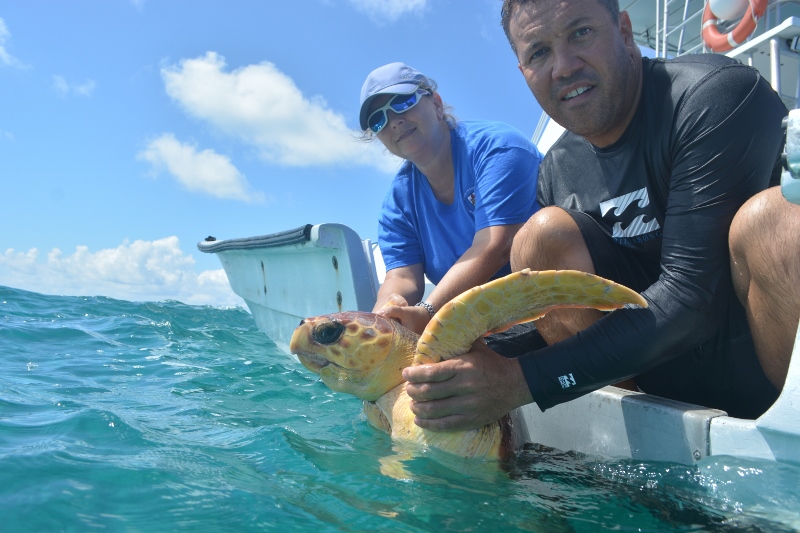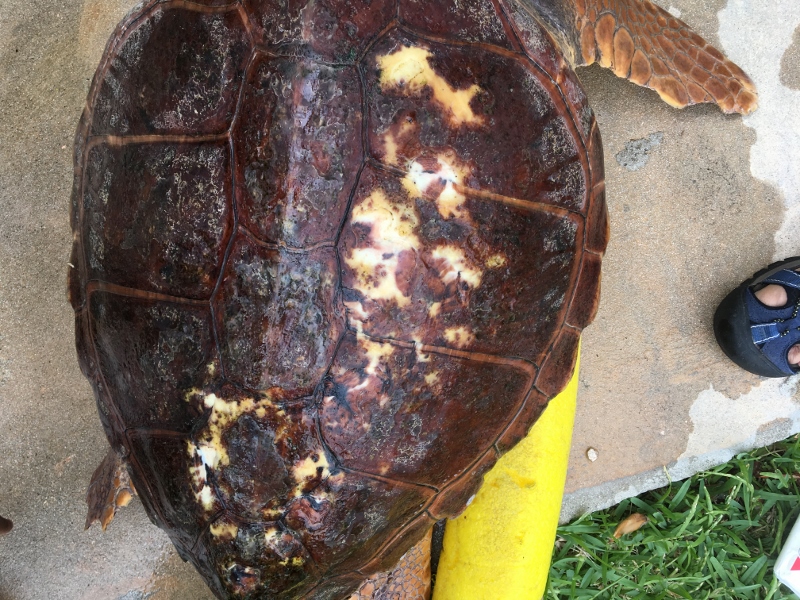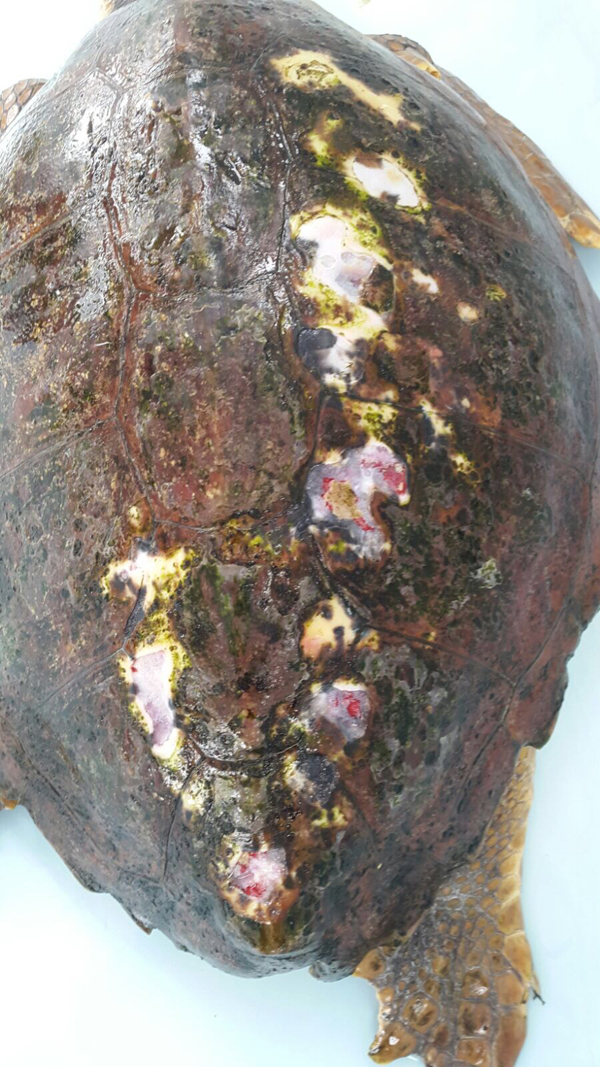Recent News
Santa Clause is coming to visit kids at BZSWednesday, December 03, 2014
Santa Claus will be on hand to visit with children at the Bermuda Zoological Society [BZS] on Saturday, December 6, 2014, with the fun getting underway at 10.00am. A professional photographer will be available to take photos of kids meeting Santa.
Tribute concert for Dr Burnie on Saturday
Tuesday, November 18, 2014
The spirit of Dr Neil Burnie was alive on Front Street today as his son Oscar played sax to promote a tribute concert taking place at Pier 6 on Saturday.
Photos: ‘Ocean Vet’ Dr. Burnie Laid To Rest
Monday, November 17, 2014
An entire flotilla of boats departed Albuoy’s Point on Sunday morning [Nov 16] as people from around the island made their way out onto the water in order to bid farewell to “Ocean Vet” Dr. Neil Burnie, who was buried at sea.
Dr Burnie given fitting ocean sendoff
Sunday, November 16, 2014
Dr Neil Burnie has been laid to rest, with his body placed in the water 600 fathoms deep at Western Blue Cut yesterday afternoon.
Dr Neil Burnie To Be Buried At Sea On Sunday
Friday, November 14, 2014
Dr. Neil Burnie will be buried at sea this coming Sunday [Nov 16], with boats set to leave Albuoys Point at about 10.00am, and anyone wanting to join in with their own boat is welcome to attend.
About
GovernanceAbout Us
Newsletter
Latest News
Gift & Bookstore
Contact
General Inquiries
info@bzs.bm
Latest News
All the latest updates and news from the Bermuda Aquarium, Museum, and Zoo, one of Bermuda's leading visitor attractions!
A loggerhead turtle named ‘Chad’ — who was found entangled in cargo netting last October — was released into the waters off our coast last week after a lengthy rehabilitation at Bermuda Aquarium Museum and Zoo [BAMZ].
“Divers from Blue Water Divers found Chad floating in Ely’s Harbour in October of last year. Chad was in considerable distress because he was tightly entangled in a massive amount of cargo netting,” the Department of Environment and Natural Resources said.
“The Blue Water team removed the netting but discovered that Chad could not dive below the surface so they brought Chad to BAMZ.

“Dr. Ian Walker, Principal Curator at BAMZ, examined the loggerhead. There were significant grooves in the marginal scutes of the carapace [grooves in edge of top shell] which would indicate that the turtle was entangled for a long time. It took about 10 days for Chad to start diving to the bottom of his enclosure.
“One theory for the buoyancy problem is that turtles hyperinflate their lungs as a survival mechanism. Since they are air breathers, making themselves positively buoyant would assist them staying at the surface to breathe in spite of the weight of the net. Another theory is that this is how their bodies respond to an infection.
“There were numerous locations where the shell was ulcerated and there was a concern the turtle was septic and therefore would not have a very good prognosis. Dr. Walker and the team knew Chad needed food, antibiotics, a clean environment and time to recover. The aquarists kept Chad well fed and clean. Happily, he began eating an average of 1.5lbs of herring a day shortly after his arrival.

“The healing process took quite a while; turtles can be quite resilient but they take their time getting better. Winter water temperatures slowed things down but as the water started to warm up, the healing moved along nicely. The loggerhead was examined monthly to assess the ulcerated shell. There were several spots that needed new bone growth.”
Roma Hayward, Animal Care and Quarantine Officer, was responsible for debriding the wounds monthly to assist with the healing process.
“Chad survived a terrible ordeal and has healed well,” she said. “He will have a microchip and flipper tags in the event he shows up somewhere else. He will be able to be identified and it signifies that he was captured before.”

The Department added, “Of the seven turtles species around the world, five have been found locally with the most common being Greens and Hawksbills followed by Loggerheads. Bermuda normally gets post-hatchlings [younger than a year] in the winter and spring that get washed in with sargassum weed but Chad is unusual in that he is much older.
“Unlike the other turtles found in the Atlantic the loggerhead pelagic [open ocean] stage is quite protracted as these animals spend many years drifting with the currents and sargassum. Chad is expected to eventually settle in the Eastern Atlantic to start the next stage of his life.
The Department also noted that Chad may not, in fact, be male, as his caregivers are unsure of the gender at this time since Chad is in the intermediate stage of development [neither juvenile nor adult]. These turtles do not develop any sexual dimorphic features until adulthood.


